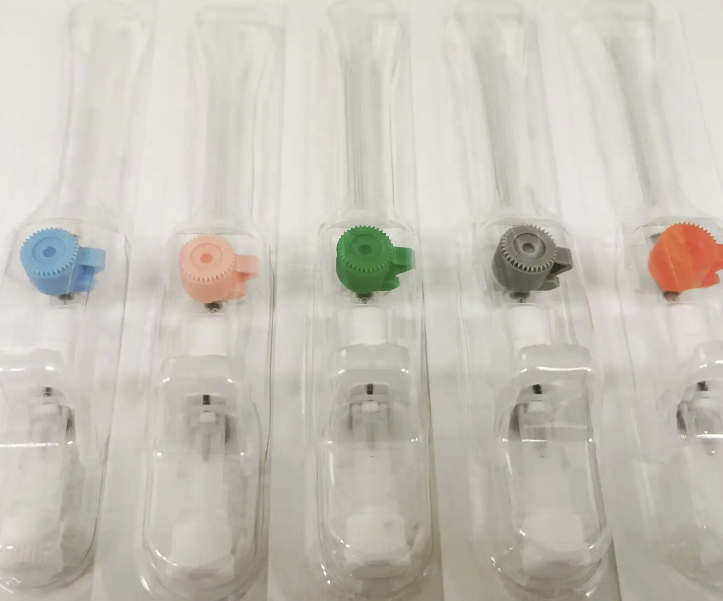Cannula tips and tricks

The only reason the anaesthetics registrar is better than you at cannulas, is because they've failed more than you've ever tried...
It is a right of passage as a medical practitioner, whatever your specialty or discipline, to have spells of being completely unable to get a cannula in, for seemingly no reason at all.
Don’t feel bad – it happens to us all – and so when I have a run of bad cannula days I come back to the following tips and tricks to make sure I’m giving myself the best possible chance of success.
- A vein you can feel but can’t see is better than a vein you can see but can’t feel
- Tether the skin, and keep it taught to allow the needle to slide in more easily
- Choose as straight a vein as possible, and line the needle up with the vein
- Have a really shallow angle of approach with the needle – 10-15 degrees
- Anchor your dominant hand against the patient’s arm using your ring and little fingers
- Advance the needle really slowly until you see flashback, then pause
- Flatten the needle to the skin and try to lift up the vein
- Advance the needle a few millimetres further
- Slide the cannula off the end of the needle
I’ve watched between fifty and a hundred videos on cannulation online and the best in my opinion is Lahiru of ABC’s of anaesthesia. I’ve embedded one of the best below, but definitely check out his channel here
Learn to use ultrasound
For the next step, learning to use ultrasound to cannulate is a very helpful skill and can greatly improve your success rate. I do almost all of my ICU cannulas with ultrasound because our patients are usually very shut down and oedematous, but you can use it anytime you feel it will help your success rate!
Here's our whistlestop tour on how to use ultrasound to cannulate:
Got your own tips and tricks?
We're all ears - let us know either by commenting or emailing anaestheasier@gmail.com and we'll credit you with your pearls of needle wisdom!